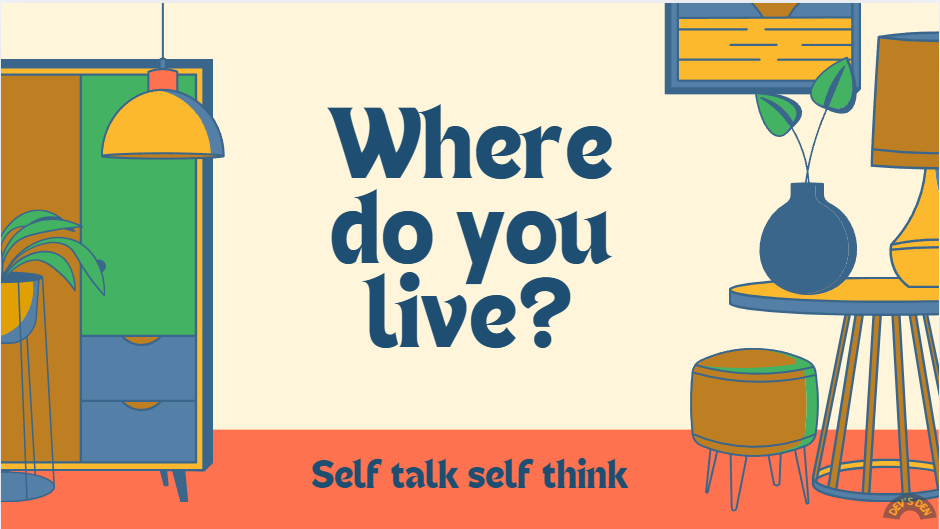Originally, Post 2 was meant to dive deeper into insights from the conference.
But plot twist, I was roped in to do a sharing at the Thrive Community of Practice (CoP) for women coaches based in Singapore —and that changed the course a little. So instead of a rundown of conference takeaways, this post skips straight to the dessert: a bonus framework that decided to leap off the conference stage and into real life.
I decided to invite the coaches to explore The House of Change with me—a framework that was only briefly mentioned during the closing speech of the conference, yet it sparked something in me. It felt too powerful not to bring into practice right away. It felt like one of those "wait, tell me more!" moments. So I did just that... and brought it into the room.
The House of Change framework was developed by Jane Greene and Anthony Grant, and it frames personal change and goal achievement through the lens of four interconnected dimensions of human experience:
Rather than simply presenting the concept, I wanted to engage the coaches in an activity—one that invited them to explore their current experiences of change, reflect on their thoughts, emotions, behaviors, and situations, and ideally, gain some clarity on their next steps and connection to their goals.
There might not be immediate answers or crystal-clear next steps—and that’s okay. What I was really aiming for was for all of us to begin with intention about intention.
So often, we’re pressed for time, juggling competing priorities, jumping to the next big thing, or unconsciously avoiding the quiet moments with ourselves. This session was a chance to pause. To turn inward. To gently reflect—with a bit of guidance and a lot of grace.
I first invited the coaches to draw their own House of Change on a piece of paper with four rooms and label each room with each dimensions.
Now take a moment to think about a change you’re currently navigating in your work or life. It could be something large or small.
In the context of the Thrive CoP, some of us might be navigating transitions—shifting from athlete to coach, coach to mentee, or coach to mentor. I invited them to take this opportunity to reflect on how these changes were impacting the four areas of their experience, and encouraged them to fill in each "room" with short notes or key words.
Coaches then broke into small groups to share their personal reflections, before reporting their group’s insights into Mentimeter. This allowed us to surface broader patterns and common themes in how coaches were experiencing change across the room.
For the final activity, I invited everyone to transform their House of Change into a House of Thrive. Each coach wrote one action per sticky note—one for each dimension—that could help them move from their current state toward a more empowered one. They were encouraged to keep the original House they had drawn, as a grounding reference for their journey.
“If you revisit your House of Change in the next month, what might be different in your thoughts, emotions, behaviors, or environment?”
As we flashed the responses up on Mentimeter, one thing that really stood out was how many of the responses leaned toward negative emotions — particularly anxiety — even amidst the overall excitement about change.
The strong presence of anxiety in response to change may be closely tied to shifts in identity. As roles expand, individuals aren’t just taking on new responsibilities — they’re often navigating multiple, sometimes conflicting, identities. This can create internal tension and lower self-confidence, especially when expectations feel misaligned [1] (Lieff et al., 2012). That dip in confidence can make transitions feel more destabilizing, even when they’re framed as exciting or full of potential. But, as the literature suggests, this doesn’t have to be permanent. Supportive mentorship, continuous exposure, and development opportunities can help individuals rebuild confidence and begin to internalize a stronger, more coherent sense of identity [2](Schnaubert et al., 2021). Over time, being able to see oneself — and be seen by others — in a new role becomes a key part of that identity shift [3] (Freeman et al., 2022).
It made me reflect on the very reason we started the Thrive CoP: to create that kind of meaningful, peer-based support for women coaches navigating both the challenges and opportunities wherever they are in their journey — stepping into something new, navigating transitions, or simply holding space within the sport.
There’s no perfect framework for navigating change — but naming what’s hard, and showing up for one another through it, feels like a good place to start. If nothing else, I hope this post is a small reminder: we are not navigating it alone. And if anyone is curious, or if this stirred something in you, you’re always welcome to reach out.
Online & Offline Reads
The House of Change (https://www.career365.com.au/blog/the-house-of-change/)
Think Again: The Power of Knowing What You Don't Know (Book by Adam M. Grant)
The House of Change: a great tool for navigating change (https://www.skillpacks.com/house-of-change-3/)
Lorraine Goodhand (Leeds Business School) https://www.leedsbeckett.ac.uk/blogs/leeds-business-school/2020/06/house-of-change/
References









